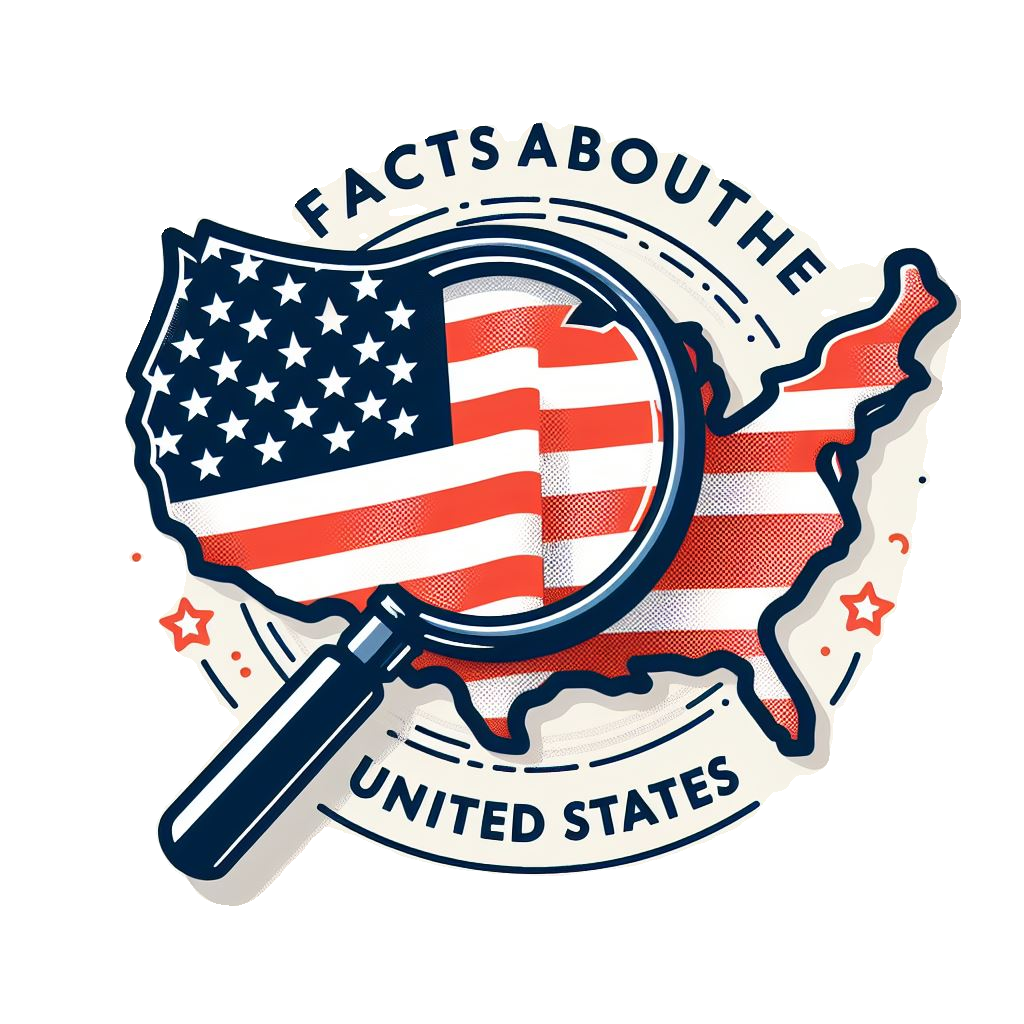Nebraska: The Cornhusker State
Nebraska is a state in the Midwestern United States, known for its agriculture, natural beauty, and history. Nebraska has a population of about 1.9 million people, making it the 37th most populous state in the country. Nebraska covers an area of 77,358 square miles, making it the 16th largest state by area. Nebraska’s capital is Lincoln, and its largest city is Omaha. Nebraska’s official nickname is “The Cornhusker State”, reflecting its major crop and the nickname of its university sports teams. Nebraska’s state motto is “Equality Before the Law”, and its state song is “Beautiful Nebraska”.
History of Nebraska
Nebraska’s history dates back to thousands of years ago, when Native American tribes such as the Otoe, Pawnee, Omaha, Ponca, and Sioux lived in the region. The first Europeans to explore Nebraska were the Spanish in the 16th century, followed by the French in the 17th and 18th centuries. Nebraska was part of the Louisiana Purchase in 1803, and was explored by Lewis and Clark in 1804-1806. Nebraska became a territory in 1854, after the Kansas-Nebraska Act, which allowed settlers to decide whether to allow slavery or not. Nebraska became the 37th state in the union on March 1, 1867, after the Civil War. Nebraska’s name comes from an Otoe word meaning “flat water”, referring to the Platte River that flows through the state.
Nebraska was a destination for many pioneers and settlers who traveled westward on the Oregon Trail, the Mormon Trail, the California Trail, and the Pony Express. Nebraska also witnessed the construction of the first transcontinental railroad, which connected Omaha with Sacramento in 1869. Nebraska experienced rapid growth and development in the late 19th and early 20th centuries, as agriculture, industry, and education flourished. Nebraska was also the birthplace of some notable figures, such as President Gerald Ford, author Willa Cather, inventor Edwin Perkins (who created Kool-Aid), and entrepreneur Clifton Hillegass (who created Cliffs Notes).
Geography and Nature of Nebraska
Nebraska is located in the Great Plains and the Midwest regions of the United States. It is bordered by six other states: Colorado and Wyoming to the west, South Dakota to the north, Iowa and Missouri to the east, and Kansas to the south. Nebraska has two time zones: most of the state follows Central Time, while the western part follows Mountain Time. Nebraska has a varied landscape, ranging from rolling hills, prairies, and sandhills, to river valleys, lakes, and forests. Nebraska has four distinct seasons, with hot summers, cold winters, and moderate springs and falls. Nebraska’s climate is continental, meaning that it has large temperature variations and unpredictable weather patterns.
Nebraska is home to many natural wonders and attractions, such as Chimney Rock, a rock formation that served as a landmark for travelers on the Oregon Trail; Carhenge, a replica of Stonehenge made of cars; the Ogallala Aquifer, a huge underground reservoir that supplies water to eight states; and the Nebraska National Forest, the largest hand-planted forest in the world. Nebraska also has many state parks, wildlife refuges, and scenic trails, where visitors can enjoy outdoor activities such as hiking, biking, fishing, hunting, camping, and boating. Nebraska is also known for its rich biodiversity, hosting more than 400 species of birds, 80 species of mammals, and 100 species of fish. Some of the iconic animals of Nebraska include the bison, the prairie dog, the bald eagle, the sandhill crane, and the Columbian mammoth (whose fossil is displayed at the University of Nebraska State Museum).
Culture and People of Nebraska
Nebraska is a state with a diverse and vibrant culture, influenced by its Native American, European, African, and Asian heritage. Nebraska has a strong sense of community and tradition, as well as a spirit of innovation and creativity. Nebraska is famous for its festivals and events, such as the Nebraska State Fair, the College World Series, the Sandhills Crane Migration, and the Arbor Day Celebration. Nebraska is also known for its cuisine, which features dishes such as runzas, corned beef, cheese frenchees, and popcorn. Nebraska’s official state drink is Kool-Aid, which was invented in Hastings in 1927.
Nebraska is a state with a proud and hardworking people, who value education, family, and faith. Nebraska has a high quality of life, with low crime rates, low unemployment rates, and high happiness ratings. Nebraska is also a state with a rich history of social and political activism, as it was the first state to abolish the death penalty, the first state to have a unicameral legislature, and the first state to elect a woman to the US Senate. Nebraska is also a state with a remarkable legacy of arts and entertainment, as it has produced many famous artists, writers, musicians, actors, and athletes, such as Malcolm X, Marlon Brando, Fred Astaire, Johnny Carson, Warren Buffett, and Tom Osborne.
Conclusion
Nebraska is a state that offers a lot to its residents and visitors, from its natural beauty and history, to its culture and people. Nebraska is a state that deserves to be explored and appreciated, as it has many unique and cool facts that make it stand out among the other states. Nebraska is a state that is more than just corn and cows, it is a state that is full of surprises and wonders. Nebraska is a state that is truly beautiful.
